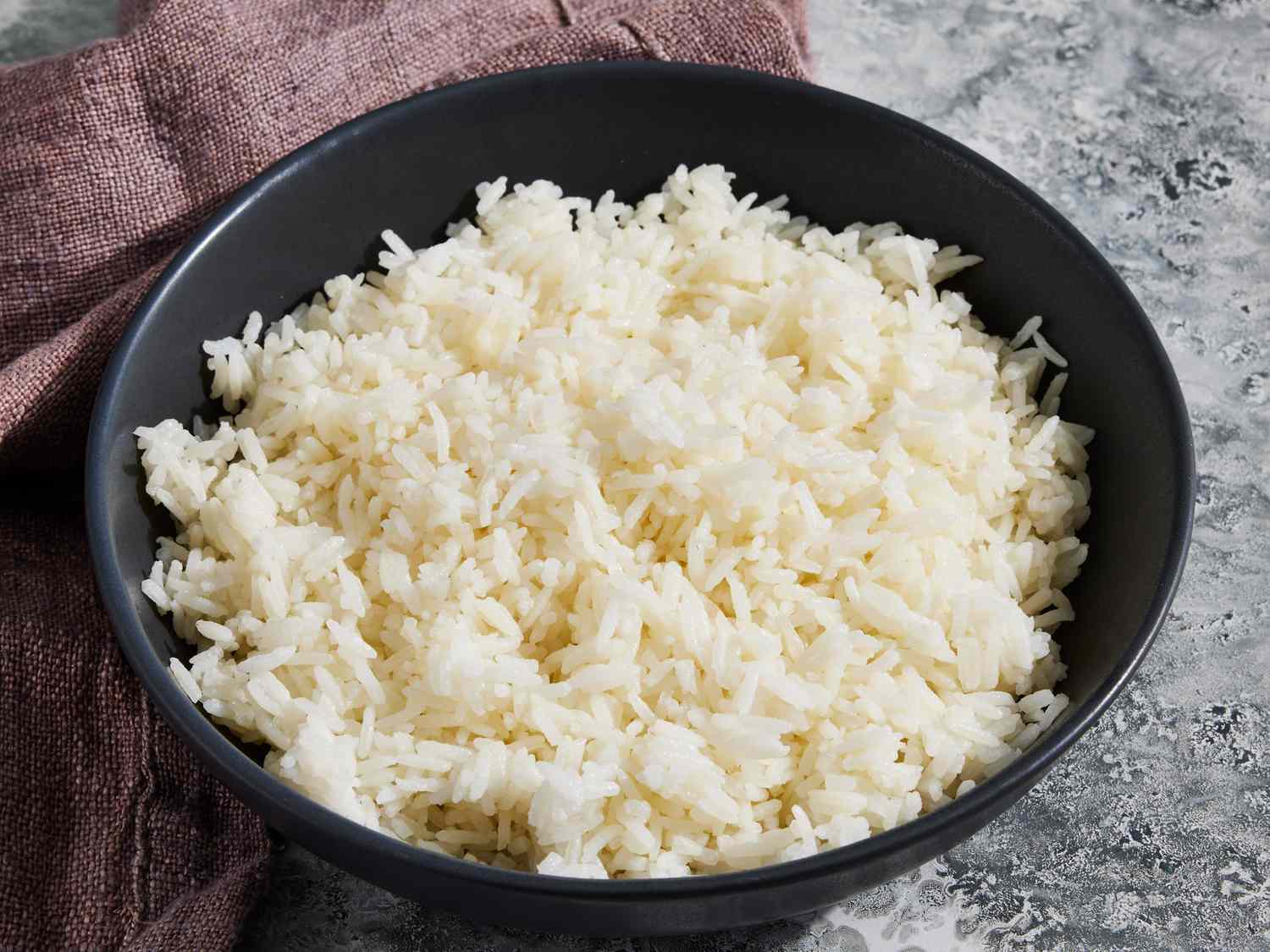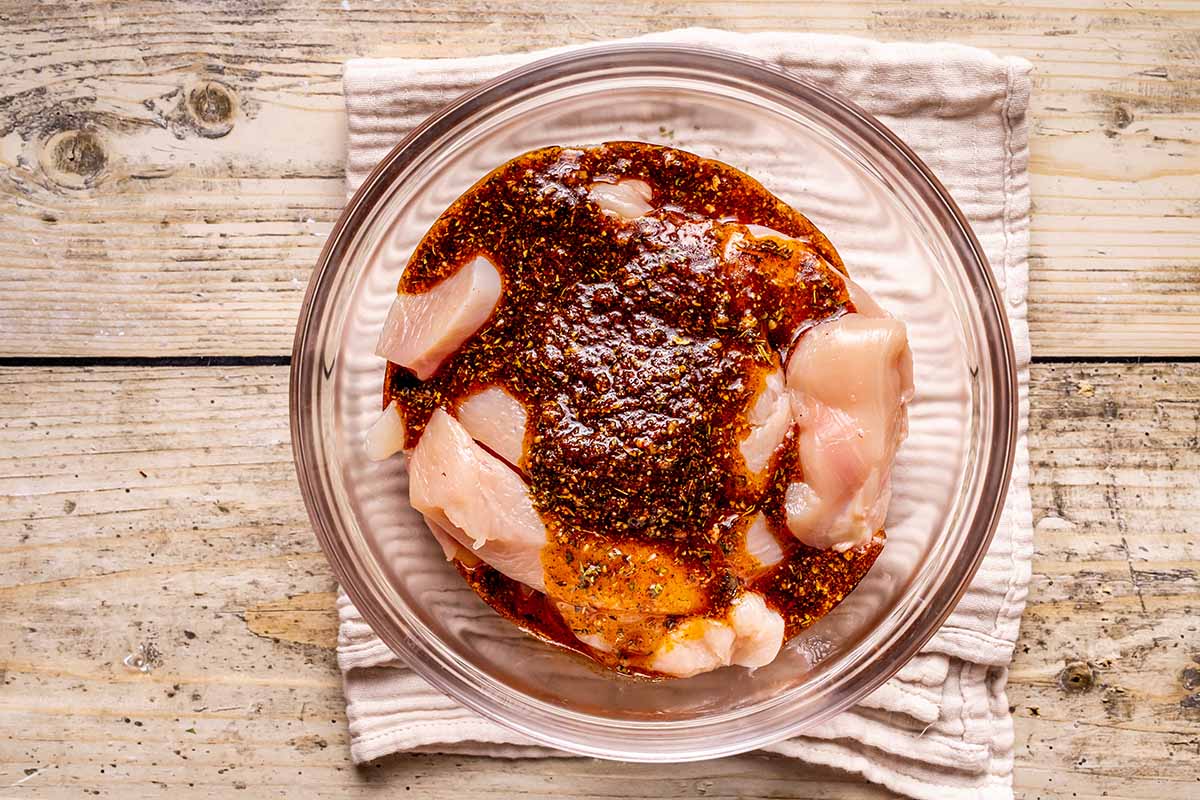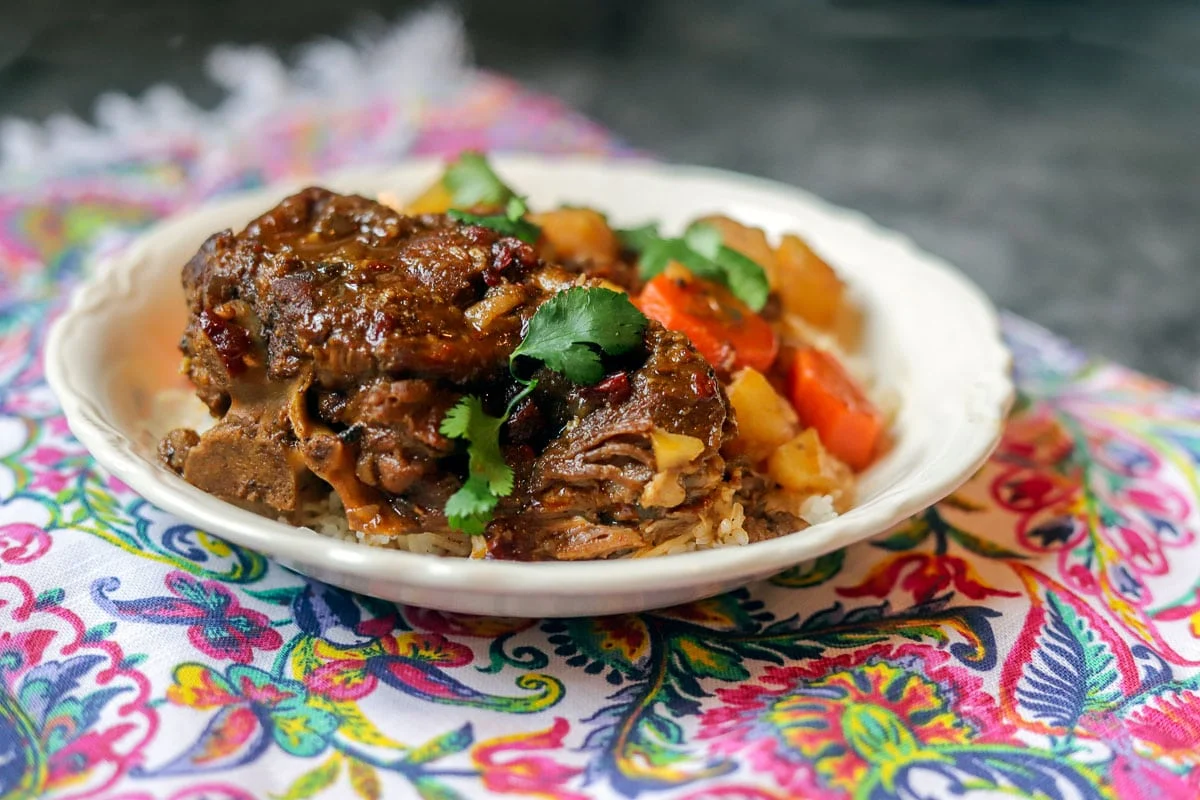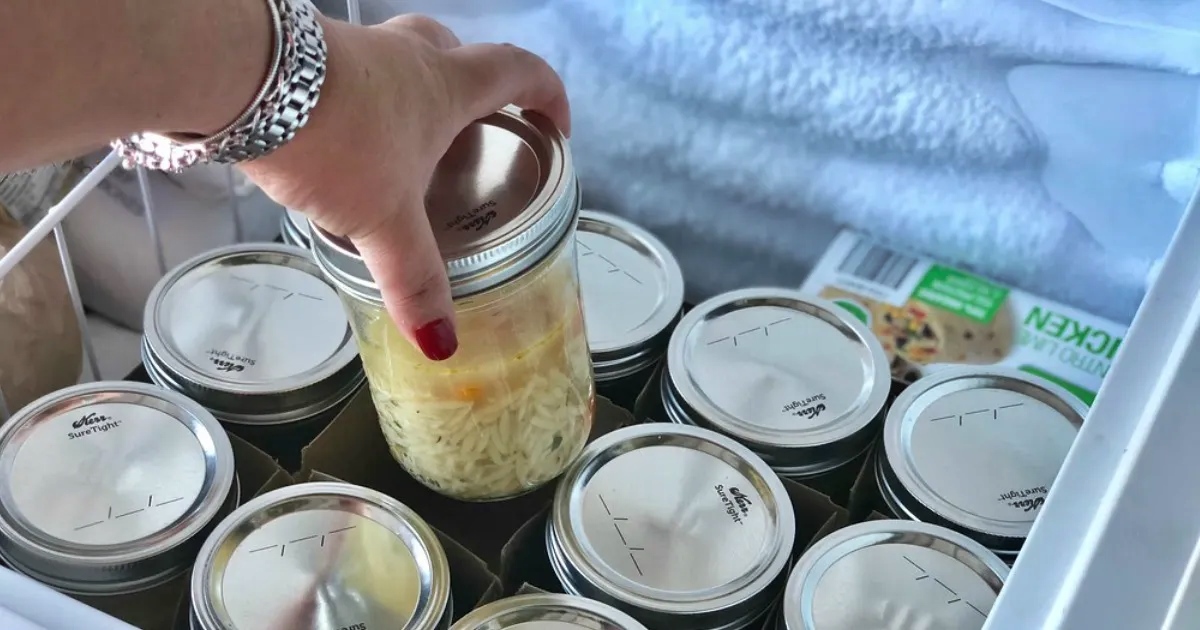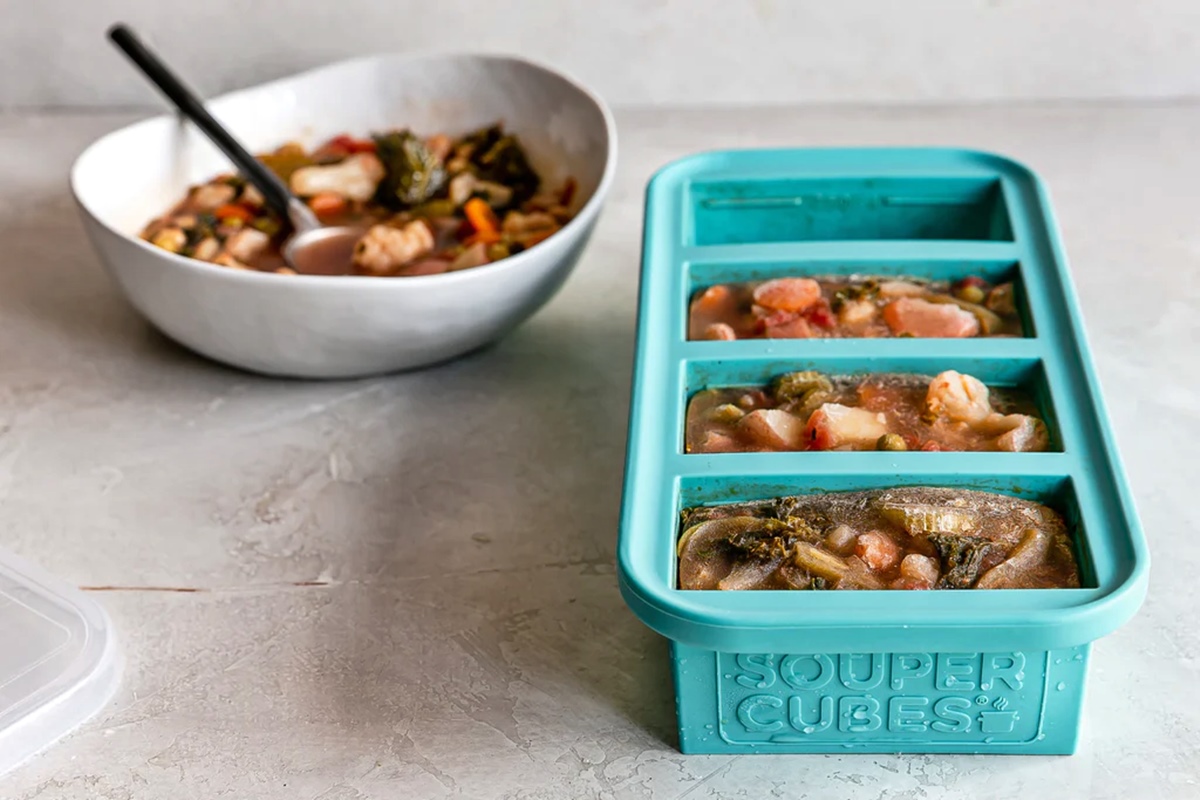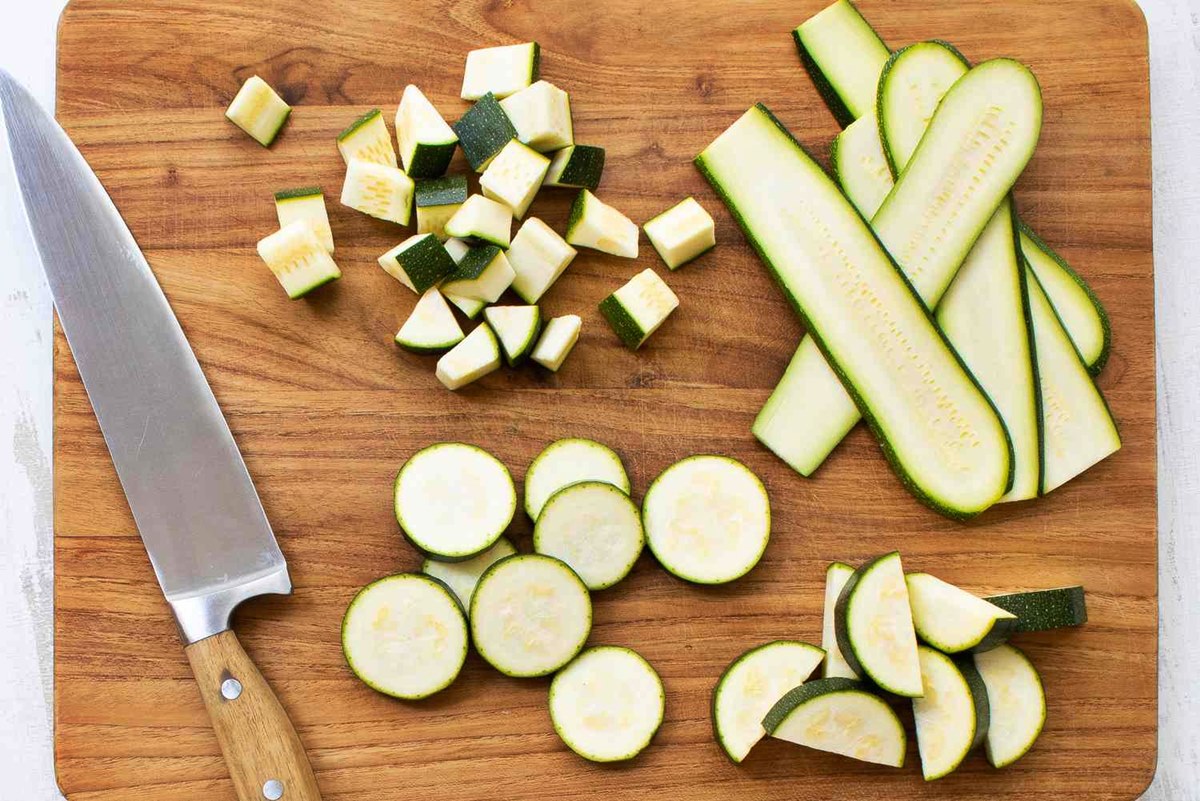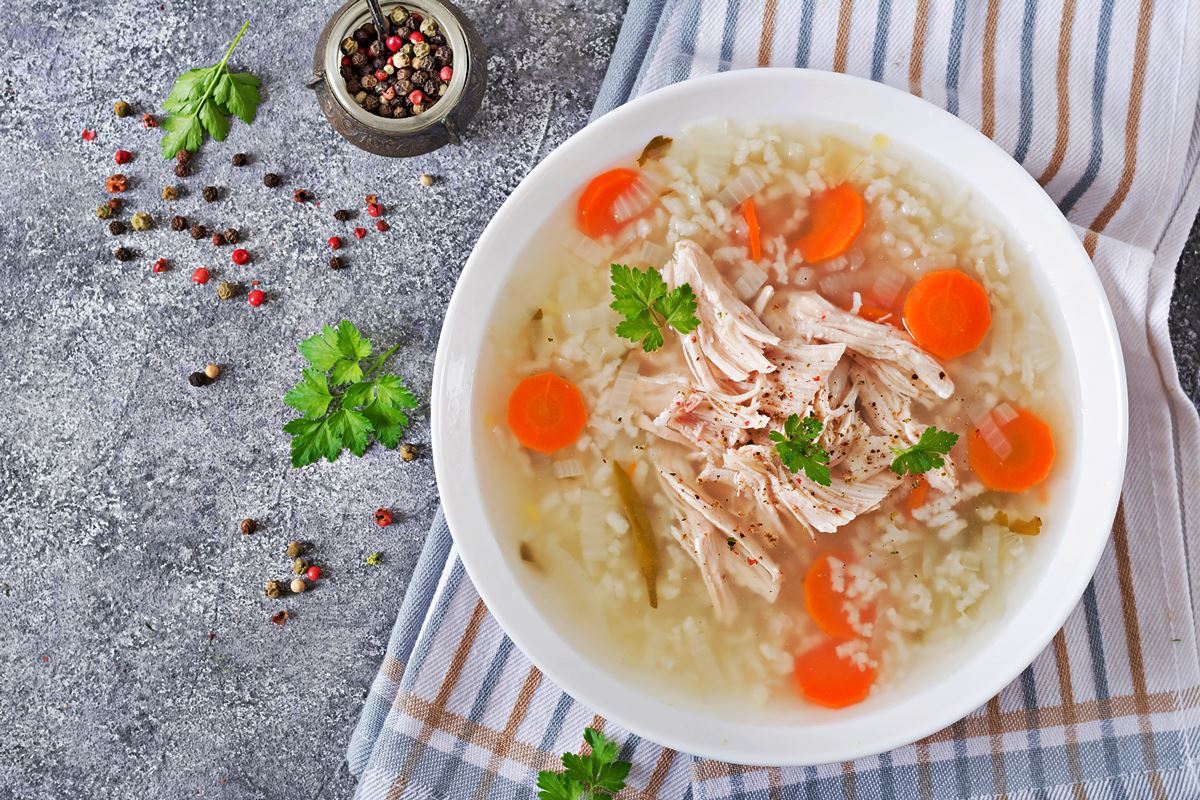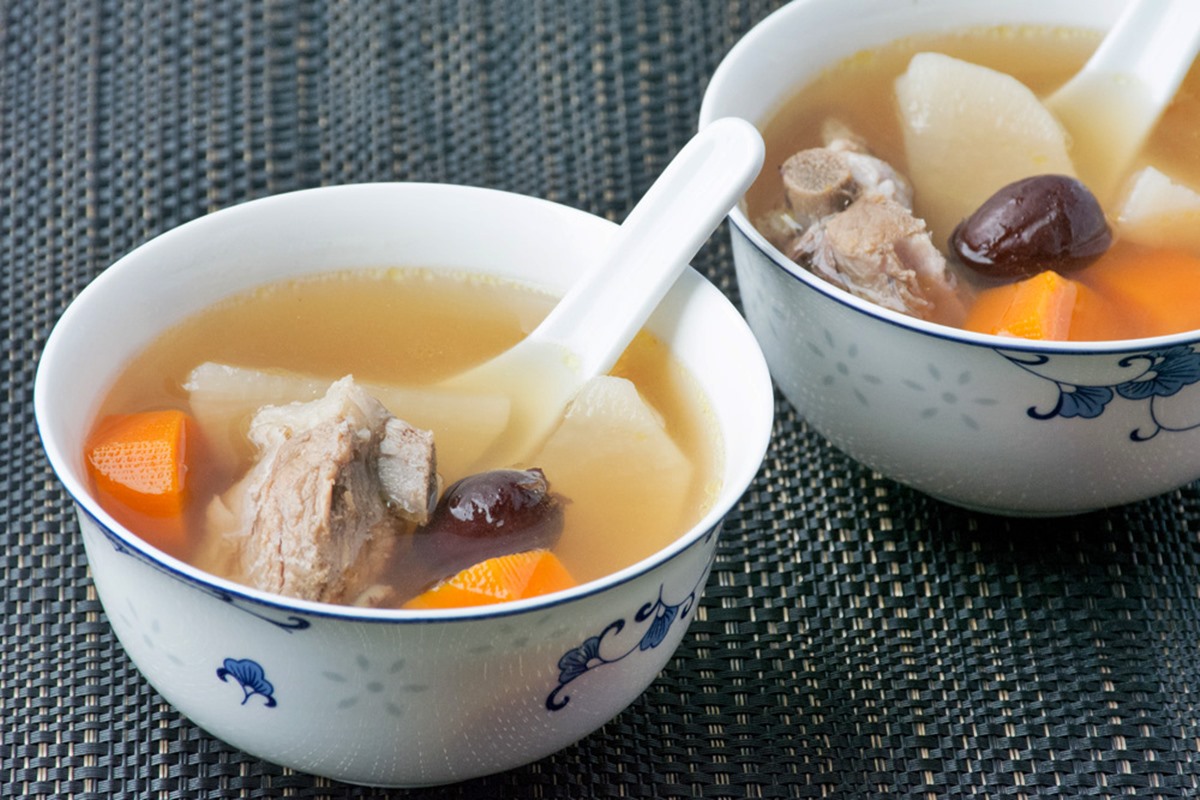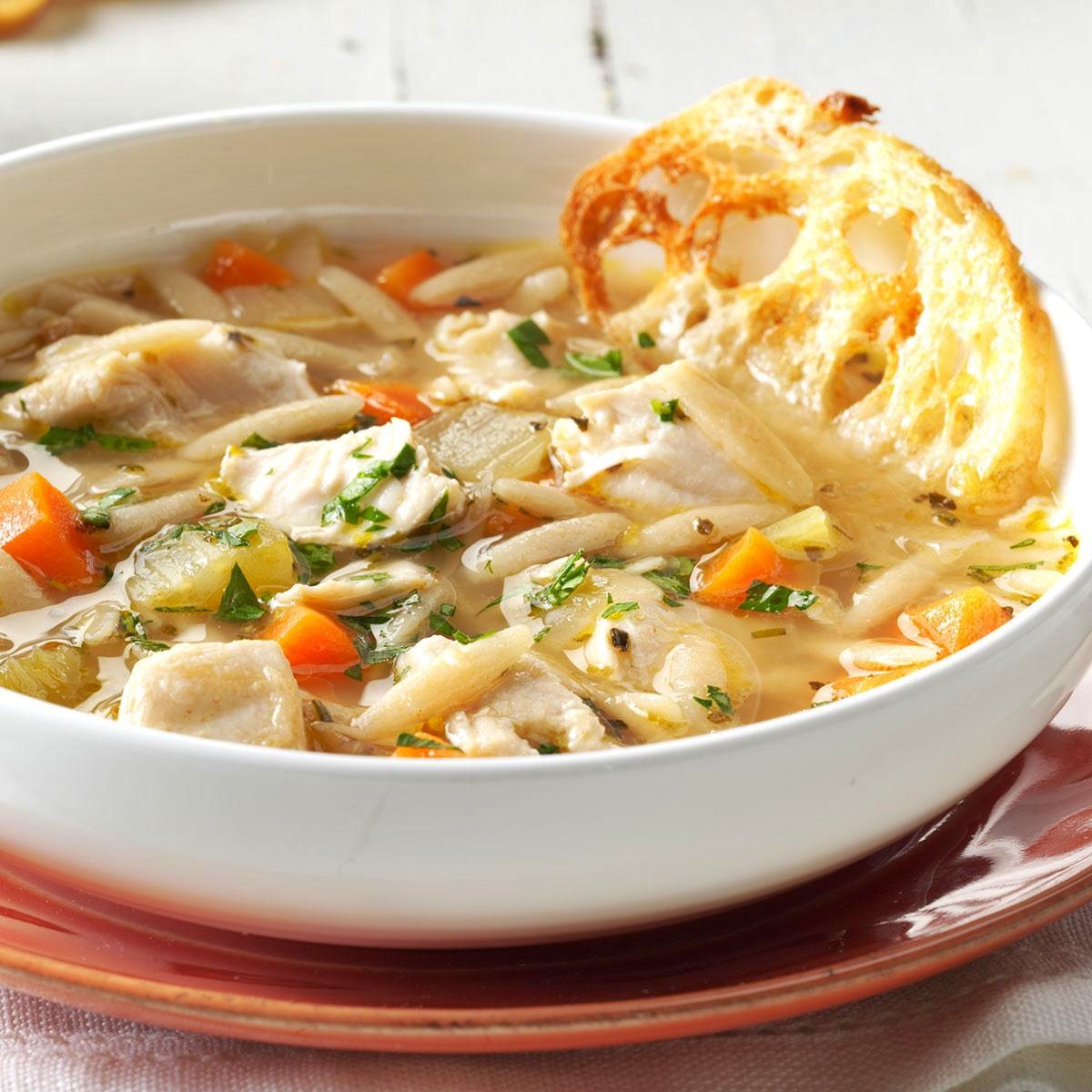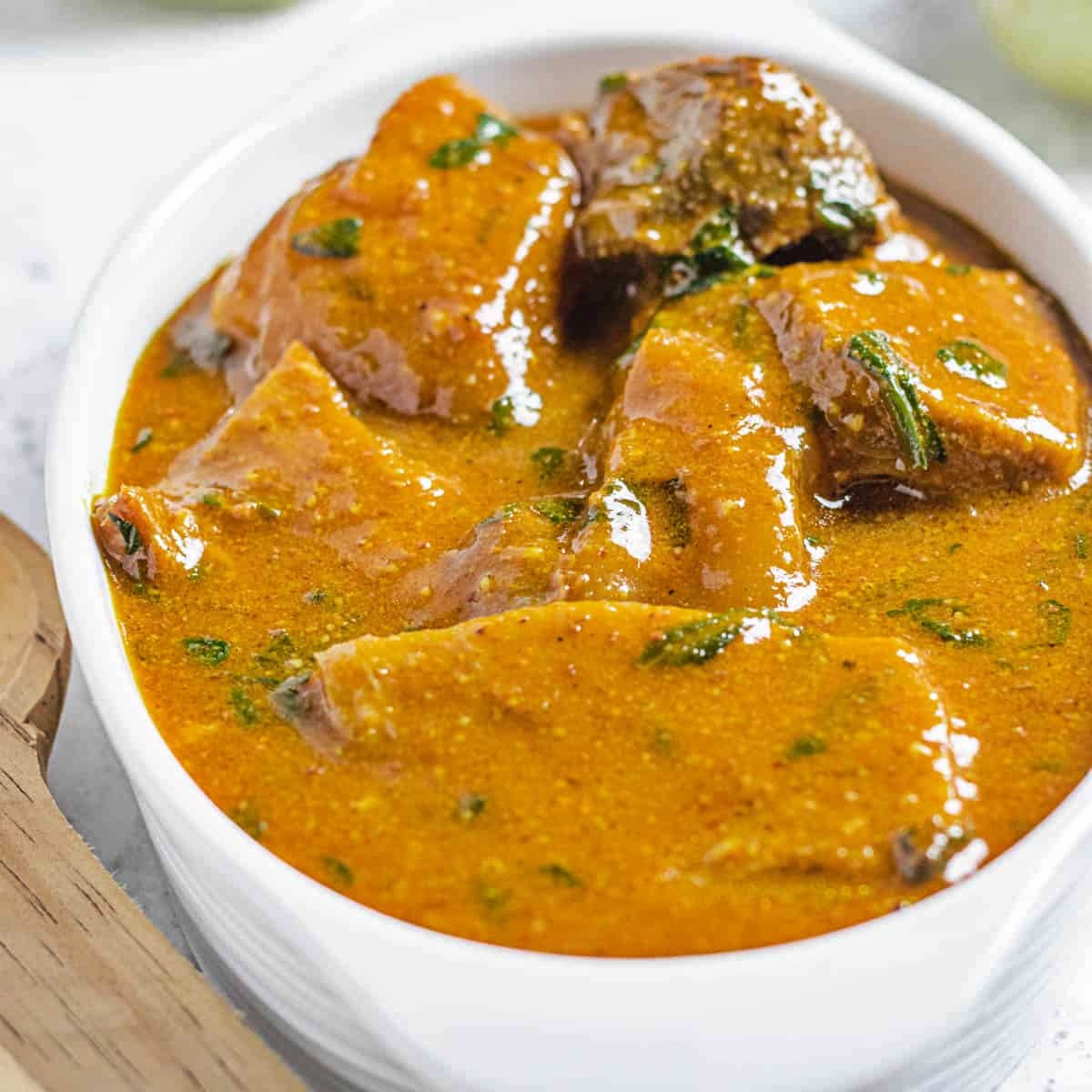How To Get Cheese To Melt In Soup
When it comes to making a delicious and creamy soup, melted cheese can take your creation to the next level. There’s nothing quite like a warm bowl of soup with gooey, melted cheese on top. However, getting the cheese to melt perfectly can sometimes be a challenge. But fear not! We are here to help you master the art of melting cheese in soup.
Follow these simple tips and tricks to achieve that velvety, melted cheese goodness in your soup:
- Choose the right cheese: Not all cheeses are created equal when it comes to melting. Opt for cheeses that have good melting properties such as cheddar, mozzarella, gruyere, or fontina. These types of cheeses have higher fat content and lower moisture, which makes them melt smoothly.
- Grate or shred the cheese: The key to getting cheese to melt evenly in soup is to grate or shred it. Smaller pieces of cheese have more surface area, allowing them to melt quicker and more uniformly. Avoid using pre-packaged shredded cheese as it often contains additives that can prevent proper melting.
- Add the cheese at the right time: Timing is crucial when it comes to melting cheese in soup. Wait until the soup is almost done cooking before adding the cheese. If you add the cheese too early, it may become grainy or separate. Gradually sprinkle in the grated cheese and stir gently until it melts completely.
- Use low heat: For the cheese to melt smoothly without clumping or burning, it’s important to use low heat. High heat can cause the cheese to seize and become stringy. Slowly heat the soup and cheese mixture over low to medium heat, stirring constantly until the cheese reaches its melting point.
- Consider using a cheese sauce: If you’re looking for an extra velvety and creamy texture, you may want to make a cheese sauce instead of adding shredded cheese directly to the soup. Start by making a roux with butter and flour, then gradually whisk in milk and cheese until you have a smooth sauce. Add this cheese sauce to your soup and stir until well combined.
- Don’t overcook: Once the cheese has melted, be careful not to overcook the soup. Continued heating can cause the cheese to separate and become oily. Remove the soup from the heat as soon as the cheese has fully melted and merged with the other flavors.
- Experiment with different cheeses: While there are traditional melting cheeses, don’t be afraid to get creative and try different types of cheese in your soup. Gouda, brie, or even blue cheese can add unique flavors and textures to your dish. Just remember to choose cheeses that are known for their melting properties.
Now that you know the secrets to getting cheese to melt perfectly in soup, it’s time to get creative in the kitchen. Whether you’re making a classic broccoli cheddar soup or a comforting bowl of tomato soup with melted mozzarella, these tips will ensure that your cheese is perfectly melted and adds a delightful richness to your dish.
So go ahead, grab your favorite cheese and start melting it into your next bowl of soup. Your taste buds will thank you!
More Cheesy Soup Recipes to Try
Now that you've mastered the art of melting cheese in soup, it's time to put your skills to the test with a variety of tantalizing recipes. From the creamy richness of Butternut Squash Soup with Gouda to the bold flavors of Jalapeño Popper Soup with Cream Cheese, there's a dish for every palate. If you're seeking comfort, the Classic Broccoli Cheddar Soup is a must-try, perfect for cozy evenings. For those who love a bit of texture and tang, the Creamy Tomato Soup with Melted Mozzarella offers a delightful balance. Why not venture into the smoky depths of Pumpkin Soup with Smoked Gruyere? Each recipe allows you to practice and perfect the technique of blending cheese seamlessly into soup, ensuring every spoonful is as smooth as it is delicious.
Was this page helpful?
Read Next: How To Make A Roux For Potato Soup
